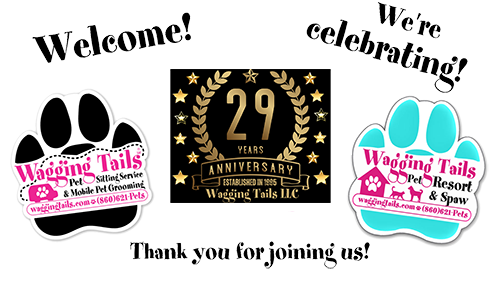Understanding the Importance of Proper Thawing
It is imperative to correctly calculate the quality and safety of raw pet food because we care about our pets! Microbial growth, as well as evaporation of nutrients, may be caused by an inappropriate thawing process. Implementing proper steps of thawing can allow our pets to receive the maximum benefits of this type of diet without the risks of mishandling during the process.
Identifying Different Types of Raw Pet Food
The world in which raw pet food exists is precise, with formatting options tailored to our fluffy friends’ different needs and desires. Frozen raw pet food–including whole prey, patties, and nuggets—needs to conform to the proper thawing process. Each different type of raw pet food naturally presents new obstacles and the need to design solutions that conform to the requirements concerning food quality and safety.

Instead of the above-mentioned freeze-dried raw pet food, there is an alternative that could be convenient but also requires another thawing process. Although such products are usually shelf-stable, and some food needs to be rehydrated with water, it’s most important to learn the specific thawing demands of the food’s nutritional components while preventing the development of harmful bacteria.
Preparing the Thawing Environment
Understand that the thawing environment is what allows the final dish of raw pet food to remain safe and high quality. Finding the right freezing point, maintaining cleanliness, and using the necessary equipment and tools are all critical steps in thawing out.
The refrigerator as a place to thaw raw food is a must to avoid potential food poisoning. The fridge’s cold, crisp atmosphere slows the reproduction of bacteria; therefore, toxic substances cannot spread, and cleanliness is maintained. This is a good option because it may take a long time to fully thaw large portions of raw pet food.
Monitoring the Thawing Process
Monitoring the thawing process is vital to avoiding substandard and dangerous final products. To prevent the proliferation of harmful bacteria and preserve the meal’s nutritional content, you must monitor the thawing temperature and adjust the method regularly.
An uneven or incomplete melt can require correction. If there is uneven melting, proper measures should be employed. The outside of the product might be thawing more quickly and the inner parts might then remain frozen. This could require rotation or adjustment of the thawing method for even and thorough product thawing, and it will enable one to spot these signs of incomplete or rudimentary thawing, a critical part of food quality and safety.
Be sure to carefully observe while the food is thawing. By observing the proper thawing techniques, pet owners can be assured that their dogs or cats will not only get a healthy menu but also one that is safe in terms of proper thawing.
Serving Thawed Raw Pet Food
When supplying thawed samples of uncooked food for your pet, appropriate measures must be taken to maintain the meal and enhance its cleanliness and safety. Proper portion-sizing and appropriate temperature are essential in ensuring that your pet gets the proper, healthful meal.
The temperature of frozen raw pet food that needs to be thawed is also a significant issue. To be ideal for your pet to comfortably be served the food, you should consider serving it at room temperature. The data below shows the importance of serving the food at the right temperature. It can be uncomfortable for pets if served at an extremely cold or hot temperature. Moreover, it can also discourage them from eating their food.

By providing chilled raw pet food in a clean, attractive, and temperature-optimal way, you can ensure that picky diners are only served fresh, nutritious, and safe meals, which will enhance their well-being.
Troubleshooting Common Thawing Issues
Even though people have the best intentions and careful planning, pet owners may encounter challenges during thawing. All these factors, including under or uneven thawing, and dealing with raw frozen or partially frozen pet food, must be considered. Any food safety challenges must be addressed, as they will define the success of safe and solid meal preparation of raw pet food.
Although this problem is more common when dealing with larger frozen foods or when faster thawing methods are utilized, such as counter or water bath thawing, it is still possible to have uneven or incomplete thawing. It should be considered that the inside of the food is still frozen while the outer portion has thawed; thus, it is necessary to either adjust thawing methods or rotate the package to ensure even and thorough thawing. In other cases, customers will open the package, take out their pet food, and find it frozen or partially frozen, even though they used the recommended thawing procedures. This is only natural, but you should avoid quickening the thawing process since it may make the food unsafe for consumption.
By appropriately handling these common thawing issues calmly and proactively, pet owners can be confident that they have safe, nutritious, and delicious meals for their little pets in their pet’s raw food freezer.
